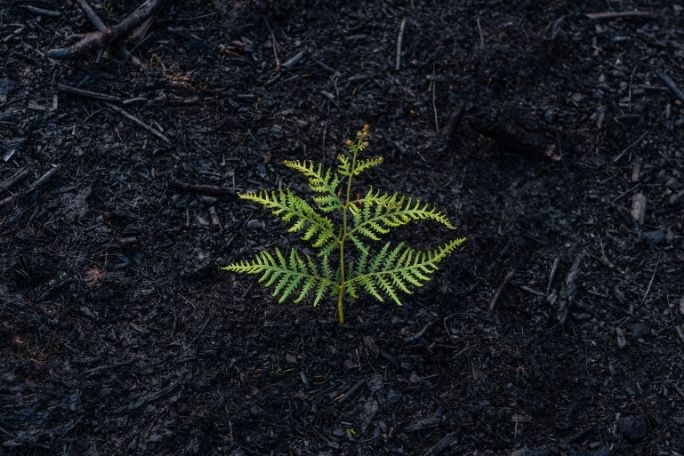Lesson summary
Bushfires have long been a part of the Australian landscape. Our plants and animals have had to find ways to live with bushfires. Our plants have developed adaptations that mean they can survive bushfires, and in some cases, they even need bushfires as part of their lifecycle. Even if you live in the city, you can find these adaptations on the native plants in your garden, on your street or at the local park.
Lesson guides and printables
Lesson details
Curriculum mapping
Resources required
- Device with internet access
- Drawing paper or a sketchbook
- Factsheet – How Have Plants Adapted To Bushfires?
- Pencil, eraser, and a ruler
- Water, a hat, and some sunscreen
Additional info
This activity is a great one to do together as a family. However, children will need support to complete this activity.
In partnership with The Conversation, the Beyond the Bushfires series brings the words of scientists who are actively involved in research and science communication into classrooms throughout Australia. Students will explore evidence-based research embedded in the context of real-world practice.
Additional thanks to the Ian Potter Foundation, John T Reid Charitable Trusts and The Myer Foundation, for generously supporting the development of these lessons


Welcome back!
Don't have an account yet?
Log in with:
By signing up to Cool.org you consent and agree to Cool's privacy policy to
store, manage and process your personal information. To read more, please see
our privacy policy here(Opens in new tab).
Create your free Cool.org account.
Many of our resources are free, with an option to upgrade to Cool+ for premium content.
Already have an account?
Sign up with:
By signing up to Cool.org you consent and agree to Cool's privacy policy to
store, manage and process your personal information. To read more, please see
our privacy policy here(Opens in new tab).